Here you will get into a special dimension. Where the lights are colorful, but the atmosphere often refers to distant stories in time. A contrast that is often repeated. Moreover, classic sightseeing tours are no less interesting in cities.
As in many Japanese cities, in Fukuoka, you can plunge into both the ultramodern and the ancient and rich past. Discover Fukuoka and the surrounding area with our travel guides.
Dazaifu Tenman-gu Temple
Of the hundreds of Tammangu shrines throughout Japan, Dazaifu is the most important along with Kitano Tammangu in Kyoto. The Tenmangu shrines are dedicated to the spirit of Sugawara Michizane, a scientist and politician of the Heian period associated with Tenzin, the Shinto deity of education, and are popular with students. He showed his remarkable talents from a young age, composing poetry at the age of eleven. His political career developed rapidly, and he was able to gain great influence at the imperial court, which was later dominated by the Fujiwara clan.
However, the rise to power provoked rivalry, which eventually led to the expulsion of Michizane from the capital Kyoto to a government office in Dazaifu. He died here in 903, a few years after being sent into exile. Shortly after his death, the country was devastated by natural disasters, and people concluded that they were caused by his angry spirit. Offerings were made and the tradition of the Tenmangu Temple began.
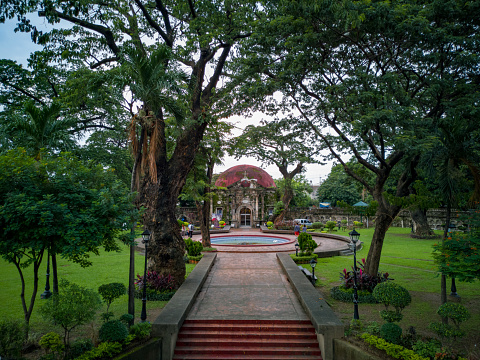
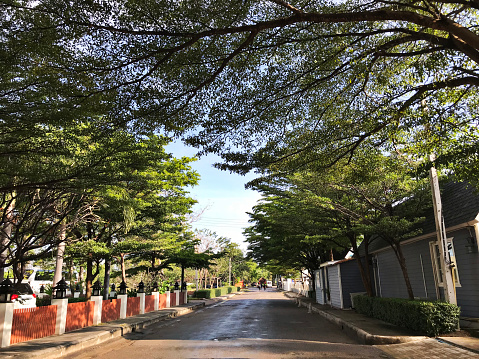
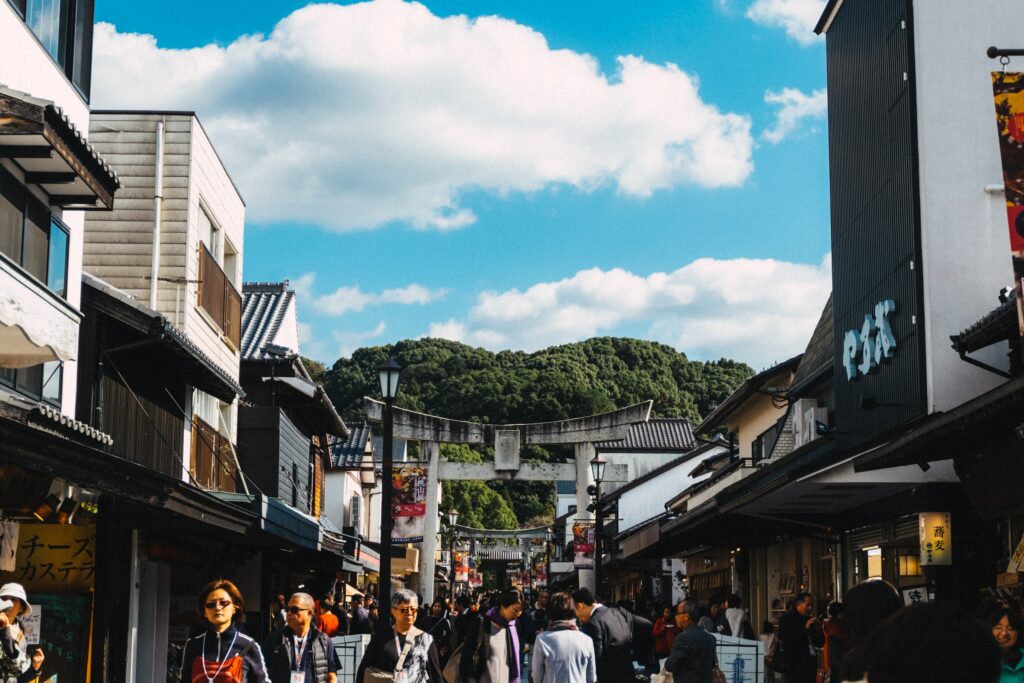
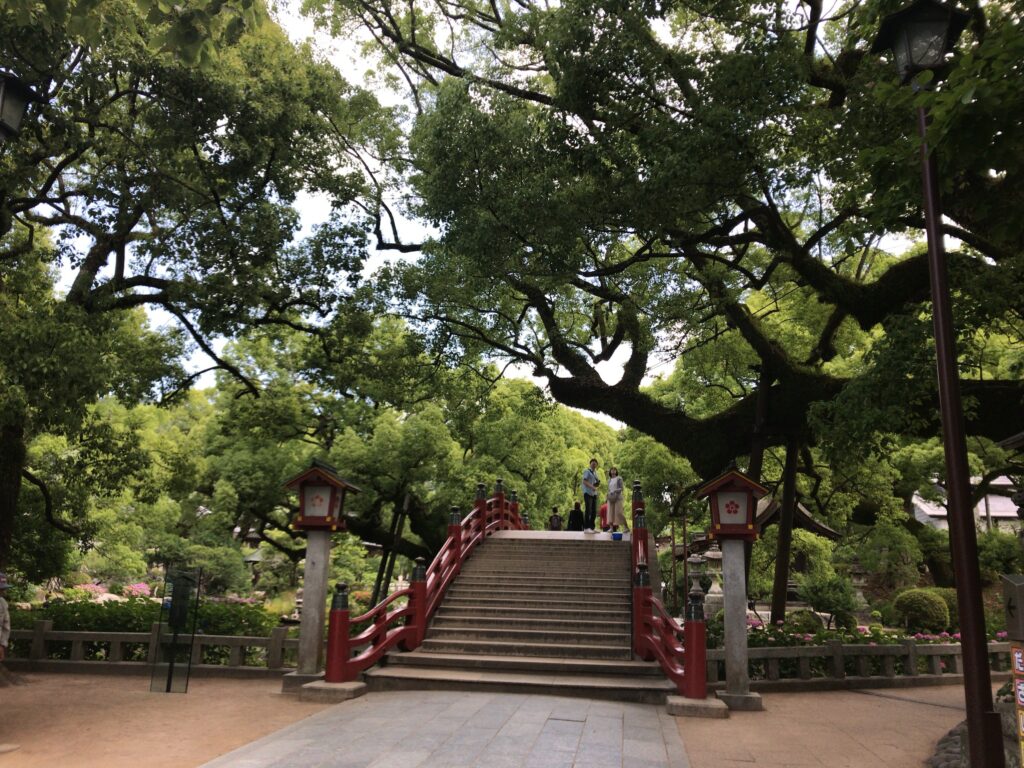
Tenmangu Temple is located about 250 meters from Dazaifu Station and is quite large. After passing through the gate of the “del torii”, visitors will see a pond in the form of a Japanese hieroglyph meaning “heart”. The path leads through two arched bridges and islands symbolizing the past, present, and future. After the bridges, you enter the courtyard with the main hall of the sanctuary (hongden), the building of which dates back to 1591. In the shops around the main hall, you can buy a wide range of mascots. The most popular spells are related to education, which should help students pass exams. The sanctuary is very popular, especially during the entrance exam season when a huge number of ema trinkets can be seen around the sanctuary.
Between the pond and the main hall is the Dazaifu Tenmangu Museum, which houses many treasures. Behind the main hall, there is a small Kanko Historical Museum, where the main events from the life of Michizane are presented in small dioramas. Although the signs are written in Japanese, a booklet is available in English with explanations for each scene.
Nakatsugawa
In Nakatsu you will meet Nakatsugawa setengai, a shopping street that is usually covered and full of lights. On this long stretch of road, several shops are selling all kinds of traditional Japanese goods such as kimonos, green tea, pottery, and accessories. It is an ideal place to buy authentic local souvenirs. Some stores also sell traditional clothing worn at Japanese festivals. There are two main festivals in Fukuoka: Dontaku and Yamakasa. It so happened that setengai is right next to the beautiful Kushida Temple, the starting and ending point of Yamakasa.
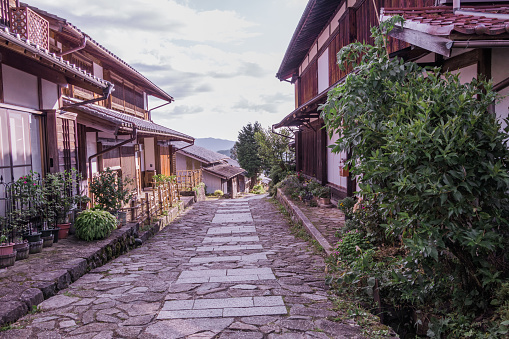
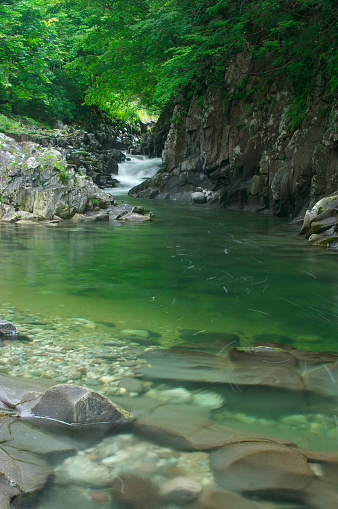
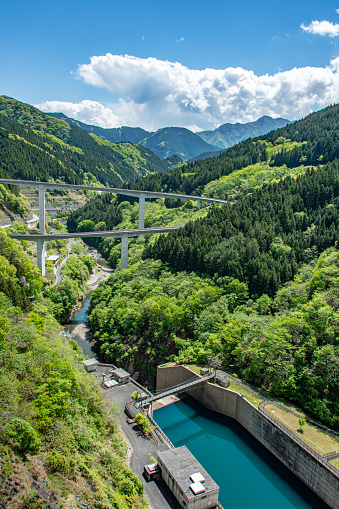
There are also two shopping malls, one at each end of setengai: Canal City Hakata Riverain and Eeny Meeny Miny Mo. The beauty of these streets is that there is no shortage of bazaars with a slightly retro atmosphere as if we are leaping into the past, during the Sowing season. Stores present a selection of their goods on the street, and sellers confront each other and exchange goods. If everything is on display in modern stores, then in setengai stores you need to find, rummage, ask, and find a rare pearl. This is a great place where you can find traditional souvenirs at a lower price: fans, fabrics, Japanese paper, or balls.
Kushida Temple
Kushida Temple, located in the center of Hakata Gion Yamakasa, is one of Fukuoka’s most beloved temples. It dates back to 757. The area has become a popular place where people pray for business success. Or even for youth and long life. On the territory of the temple, all year round you can see the famous floats of the Fukuoka Hakata Gion Yamakasa Festival. These beautifully decorated floats are several meters high and weigh more than a ton each. In addition to the main shrine, there are many small shrines throughout the park, as well as many traditional sculptures and monuments.
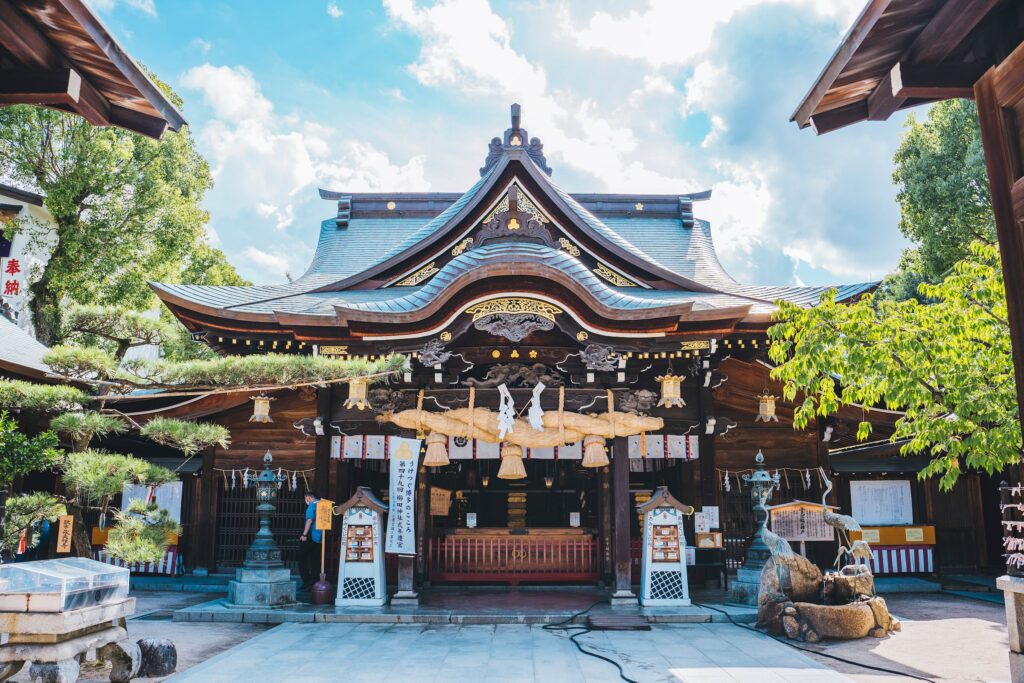
The roof of the main shrine has a beautiful style. You can also buy charms that guarantee good luck. In front of this shrine is the Reisen Tsuru, a fountain decorated with statues of cranes. It is believed that after drinking three glasses from this fountain, you will live a long life. There is a lot to see, along with the charm of the deep history and culture of this sanctuary. Energy stones, known as rikishi, are also stored on the temple grounds. There is also a ginkgo tree, which is said to be 1,000 years old, and it symbolizes a long life. Kushida Temple borders the famous Fukuoka Canal City landmark, about a five-minute walk from Gion or Nakasukawabata Stations. The central location makes it easy to get to it.
Hatsumiya Temple
Hetsumiya, located near the Tsurikawa River in Tashima, Munakata City, is one of the three shrines that make up the Munakata Taisha. It is dedicated to Ichikishimahima-no-Kami, one of the three female deities of Munakata. Visitors from Europe who pass through the tori Gate and walk along the path will see the main hall outside the Shinmon Gate. The sanctuary buildings were built on this site in the 12th century but were repeatedly destroyed in battles and fires. After the last destruction caused by a fire in 1557, the current main hall was built in 1578 by Munakata Ujisada, who was Daigo Ji, a high-ranking priest of the temple.
The current Worship Hall was built in 1590 by Kobayakawa Takakage, who was then the ruler of this region. Subsequently, the Kuroda family began to rule Fukuoka, and subsequent lords of the family financed the maintenance of temple buildings. Thus, the belief in the Three Goddesses has been passed down from generation to generation to this day. Near the main hall and the prayer hall, there are many small secondary sanctuaries.
They were moved to the present site from other places in the Munakata area in 1675 by Kuroda Mitsuyuki, the third lord of the Fukuoka region. Steps from here lead to Takamiya Saijo, a ceremonial place where ancient rituals were held. In the northwest, visitors can see the sea route connecting Hatsumiya with Okinoshima through the Tsurikawa River, Oshima, and finally through the Genkai Sea. Visitors descending from Takamiya Saijo Hill will find two temple buildings.
In the Middle Ages, Hatsumiya included three important shrines: primary, secondary, and tertiary shrines, respectively called Tei-Ichi-gu, Tei-ni-gu, and Tei-san-gu. Visitors following the route will see the building of the Simpo-kan Museum. His collection includes all 80,000 votive artifacts found in Okinoshima ritual sites, and all of them have been recognized as national treasures. Among them are a mirror with a triangular deity and a beast in a circle, a golden ring, and dragon heads made of gilded bronze.
In addition to the artifacts found, the museum presents pre-modern texts demonstrating the prosperity of the Munakata Daiguji family (whose members served as high-ranking priests of Munakata Taisha) in the medieval period, as well as offerings donated to the temple by the imperial family. Uminomichi Munakatakan Museum: This museum provides an explanatory overview of the entire facility. A large screen and a 3D cinema introduce viewers to the experience of staying in Okinoshima.
Hakata City Channel
Canal City in Fukuoka is a large shopping complex located between Tenzin (downtown), Nakasu (entertainment district), and Hakata (originally a port city). There are about 250 shops and restaurants, a cinema, a theater, entertainment venues, a game center, and 2 high-class hotels. A city within a city. The first time you walk through Canal City, you can hardly understand what it is. It’s like something out of a Star Wars episode. Although it looks painted in a bizarre mix of colors, it’s the ones that are traditionally used for kimonos. Canal City is a “city theater” in which the actors are “people”. The Sun Plaza Stage, located in the center, towers over the canal, surrounded by a bright wall of balconies. 5 main zones (Sea Yard, Earth Walk, Sun Plaza Stage, Moon Walk, Star Yard) are located along the canal in order from traditional to modern themes. On most days, the Sun Plaza Stage also hosts several shows and musical performances.
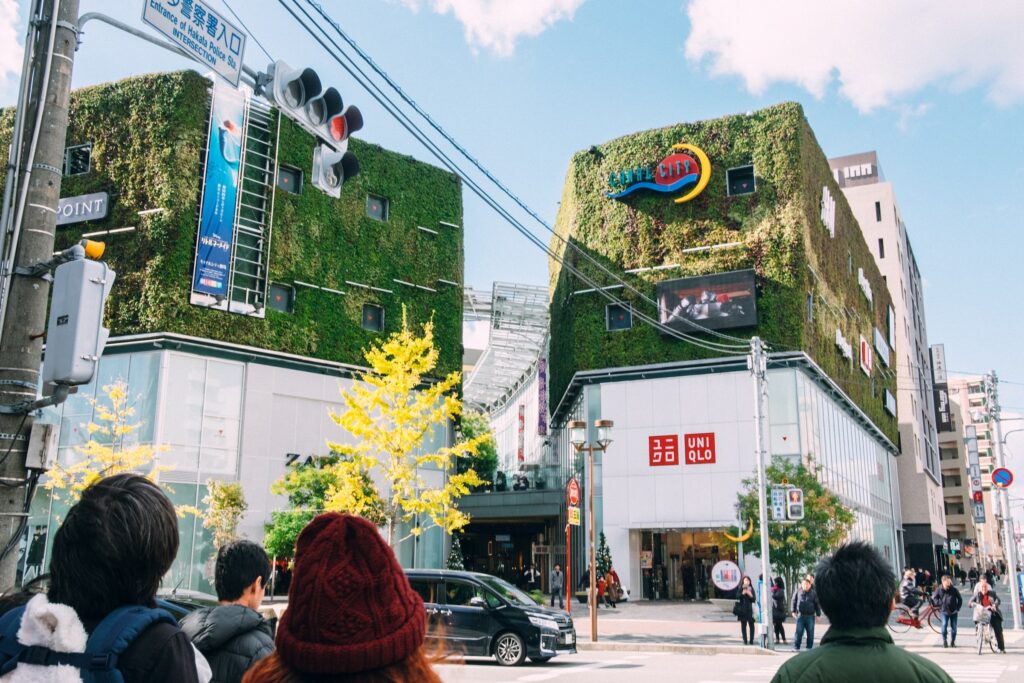
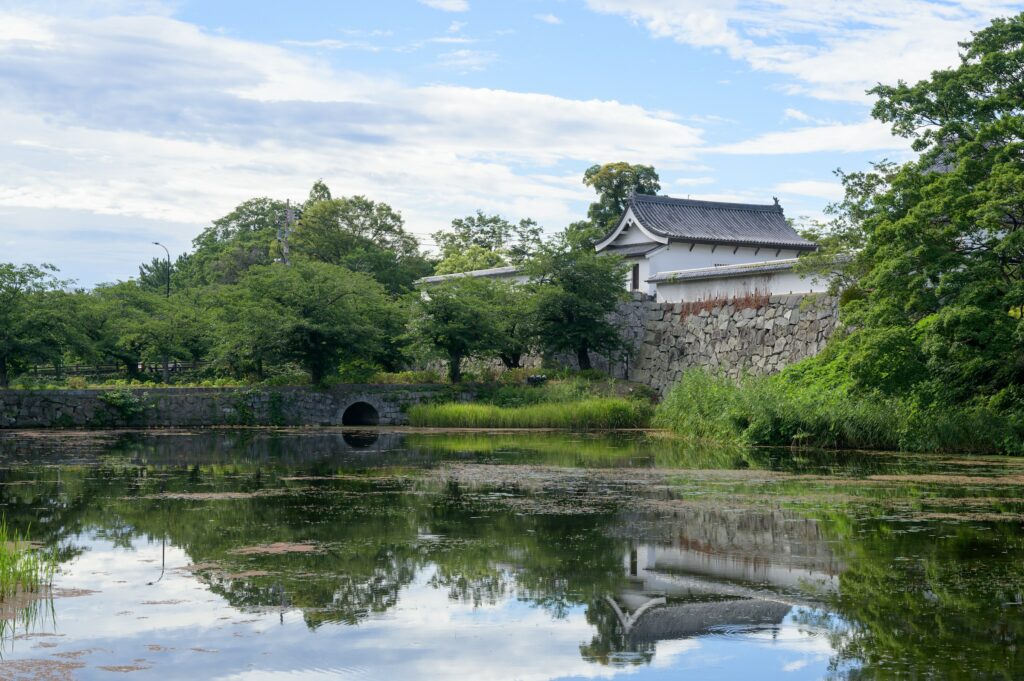
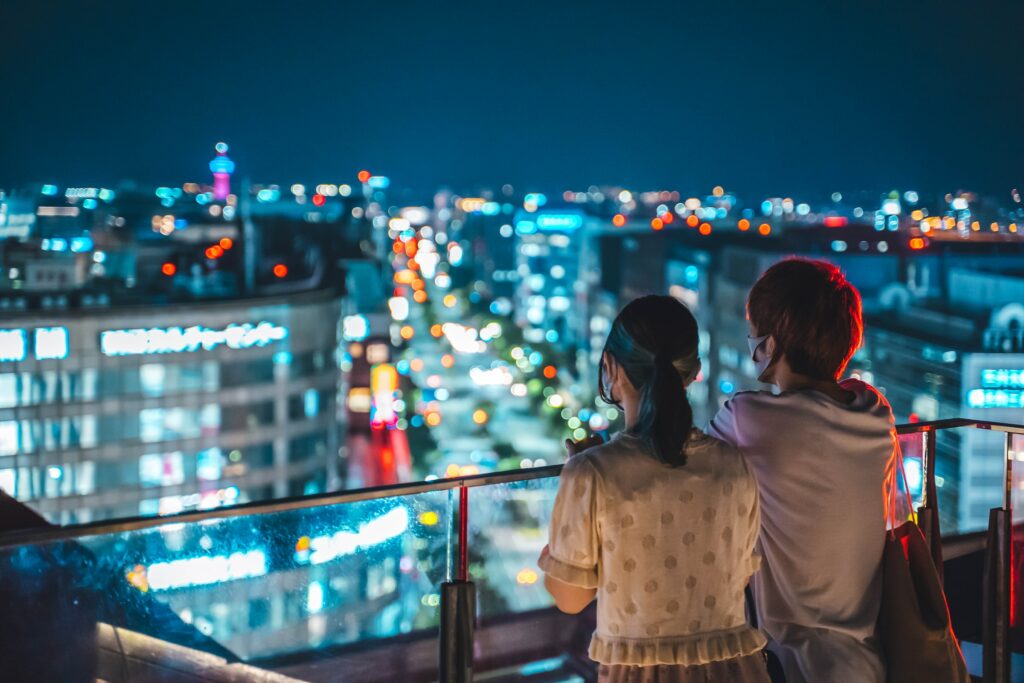
The channel flows from one end to the other. The water of the fountains creates a beautiful show every half hour, flowing to the beat of the music. This is especially noticeable at night with the addition of color displays. There are themes for the New Year, spring, and autumn. During the winter scenery, the canal freezes and is illuminated by twinkling lights, creating a magical and romantic atmosphere. A small pier opens into the canal, allowing visitors to stand up and look at the beautiful lights and Christmas trees. If you are looking for Japanese souvenirs, there are Dagashi Yumeya (old-fashioned Japanese toys and sweets), Benya (traditional souvenirs), and Hakata gift shops.
Most stores offer small discounts to foreign tourists. Several mobile carts sell shoes and accessories. Restaurants vary in price, from fast food to high-end. Here you will find all popular Japanese dishes such as tempura and okonomiyaki, as well as pancakes, oysters, Moomin coffee, and Korean cuisine. Be sure to visit the Ramen Stadium. This is a collection of 8 ramen restaurants representing regional tastes from all over Japan. There is also a cinema for 13 halls. On the top floor, the Fukuoka City Theater offers various shows and musicals.
Aquarium “Sea World”
Uminonakamichi Seaside Park is a large public family park on a narrow peninsula across the bay from the center of Fukuoka. The park consists of several areas, including flower beds, playgrounds, an amusement park with a Ferris wheel, sports fields, a water park, a zoo, as well as wide open spaces and lawns ideal for picnics. Uminonakamiti Seaside Park stretches for almost four kilometers from one end to the other, and many visitors will find it too big to walk. To make it easier to explore the park, there is a network of bike paths and bicycles can be rented at the entrance doors.
In addition, a bus runs between the main attractions of the park in spring and autumn. Uminonakamichi Seaside Park is also a popular place for admiring flowers. Millions of flowers are planted in different parts of the park, including daffodils, tulips, nemophila, roses, hydrangeas, and sunflowers, among others. The flowers bloom at different times of the year, but the general flowering season begins in mid-March and lasts until the beginning of autumn.
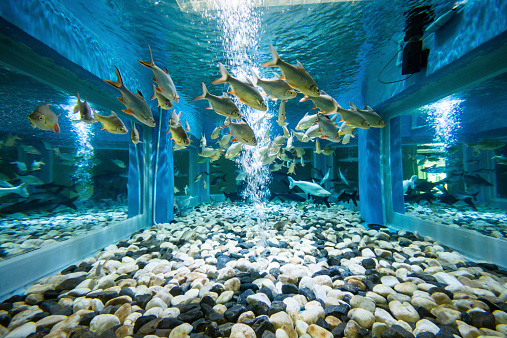
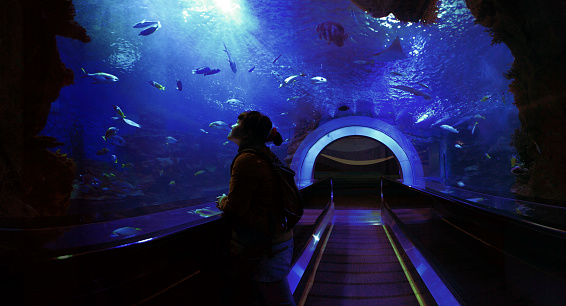
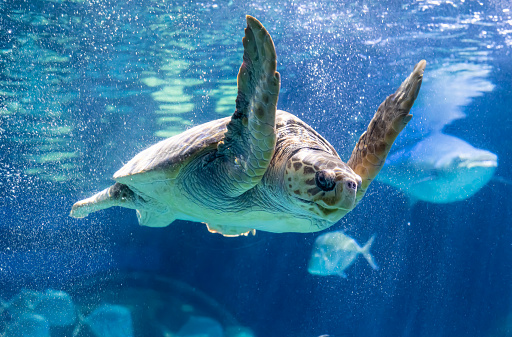
In addition, around the lawns and along the bike paths, about two thousand cherry trees are planted, which during flowering form beautiful tunnels of cherry blossoms and make the seaside park Uminonakamiti one of the most famous places in the city. Cherry trees around the park mainly belong to the varieties, Somei Yoshino and Oshima. A few steps from the railway tracks is the “Sea World of Uminonakamichi” — an aquarium dedicated to the aquatic inhabitants of Kyushu.
The main tank of the aquarium is a huge seven-meter pool filled with all kinds of marine life, including more than 120 sharks of 20 different species. There are also several outdoor areas where you can feed dolphins and sea lions. In addition, the aquarium has a huge swimming pool with steps, where daily shows of dolphins and sea lions take place. The stadium opens one side to Hakata Bay, which gives the audience a beautiful view of downtown Fukuoka during the show.
Yanagawa City
Yanagawa is a small town in the southwest of Fukuoka Prefecture in the Kyushu region, about an hour’s drive from the city of Hakata. The city is known as the “City of Water”, somewhat reminiscent of Venice, and a river cruise is the best entertainment. The whole city is surrounded by a small river since in the Sengoku period it was a castle town, and the river was used to protect the castle from enemies. Although the building burned down in 1872, the cityscape evokes the nostalgia of the Old Town.
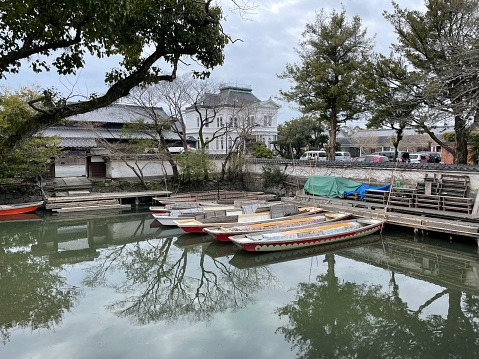
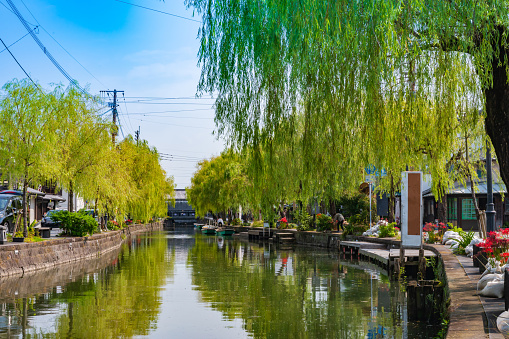
The main attraction of Yanagawa is river navigation throughout the city. A boatman with a long pole pushes small tourist boats called “Donko” and entertains passengers with songs or demonstrates his rowing skills. The cruise crosses the beautiful surrounding nature, characterized by willows, for about four kilometers. The river cruise is served by several operators. Yanagawa is a small town, but it is worth a day trip if you are in the Hakata area or the Dazaifu Temple in Fukuoka, as the center is very beautiful and rich in ancient history and culture, and most of all people take tourists with their hearts.
Yanagawa Castle
Founded in 1426, Yanagawa Castle was the original home of the Date clan, which ruled until Toyotomi Hideyoshi’s victory over the Odawara clan. At that time, the castle came under the hegemony of the Aizu domain, and Gamo Erisato was appointed governor. In 1598, Uesugi Kagekatsu became daimyo of Aizu Khan and appointed Suda Nagayoshi of Yanagawaze. It is believed that at that time a large embankment and a large trench were dug to the north of the sannomaru (third courtyard).
After the Battle of Sekigahara, the Date clan on the side of Tokugawa Ieyasu (eastern army) attacked the flank of the Uesugi clan with Ishida Mitsunari (western army). After the succession crisis following the death of Uesugi Tsunakatsu in 1644, the surrounding area was transferred to the Tenryu administration (direct control by the shogunate), and Yanagawadze was abolished. All that remains in this place is the elongated length of the Ishigaki (stone bastion), which overlooks a beautiful garden, creating a very picturesque picture.
Kitahara Hakushu Memorial Park
Our next stop on this amazing sightseeing tour is Kitahara Hakushu Memorial Park, his house, and the museum. Yanagawa is the hometown of the legendary Japanese poet Kitahara Hakushu, and the Kitahara Hakushu Memorial Park pays tribute to one of Yanagawa’s favorite sons. A guided tour of his house and the nearby museum is recommended, where you can admire the source of his inspiration. The poet of modern verse was born in 1885 in Kyushu. His real name was Ryukichi. His talent was recognized from an early age and he began collaborating with several poetry magazines as a teenager.
His long poem “Zento Kakusei no Fu” won an award at a competition sponsored by Waseda Gakuho magazine, which led to the publication of many of his other poems. Although he entered Waseda University, he never completed his studies there. In 1906, Yosano Hiroshi (Tekkan) invited him to join his poetry group “Shinshisha” (“New Poetry”), but soon after he left to form “Pan no Kai” (“Pan Society”), where he met many other poets and artists. In 1909 he was one of the founders of the literary magazine Subaru (Le Pleiadi): here he debuted his first collection Jashumon (heretics).











Yep, this is mostly a day trip kinda city, there’s not that much to do except for visiting landmarks you’ve mentioned along with the Seaside Park. I would say having ramen by the river was one of the highlights of the trip, everything was slow around us, the perfect setup.